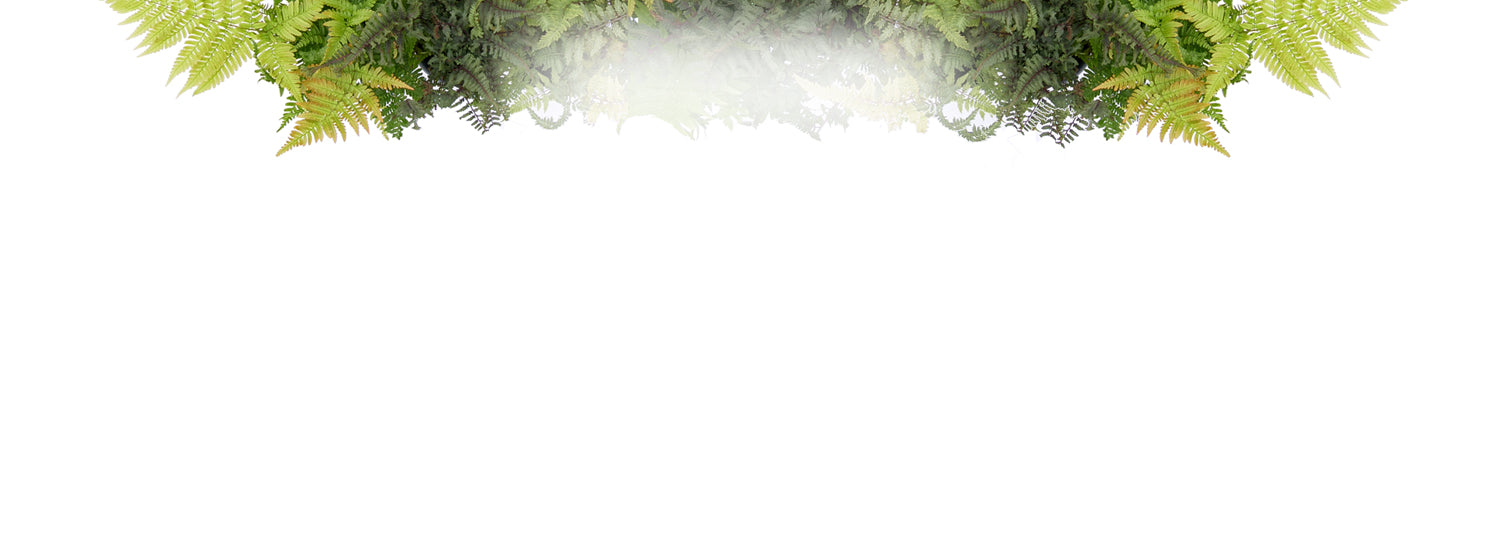Description
Plant spacing is based on the ultimate width of the plants. This figure is normally given as a range; for example, 3-5’. If you live in a cold climate and/or want plants to fill in more quickly, plan to space at the shorter end of the range. If you live in a warm climate, are on a limited budget, or are willing to wait longer for plants to touch, use the higher end of the range. Using the larger number is recommended when calculating distance from a building or structure. There’s really no such thing as "maximum spacing": if you don’t want your plants to touch, you can space them as far apart as you’d like. All plant spacing is calculated on center, or in other words, the centers of the plants are spaced one half of their eventual width apart:

Unless you are planting in a straight line, as you might for hedges or edging, space your plants in a staggered or zig-zag pattern for a more interesting and naturalistic look:

Hand-picked at our greenhouse
Shipped to your door
Arrives as young plant
Pollinators play a vital role in our ecosystems, gardens, and especially our food chain. Flowers produce pollen as a means of reproduction. While there are so many pollinator-friendly plants to choose from, here are seven of our favorites. You’ll love them, and the pollinators will too
Puny size yet healthy looking.
We’re sorry you’re not satisfied with your plants! On each product page and our plant sizes page, we note that all of our plants are young. The size of our plants varies depending on the time of year and whether they were recently trimmed. The most important thing when purchasing plants, online or in garden centers, is a full and robust root system, which we prioritize. Trimming only encourages stronger root development! Our fall guarantee covers plants received after September 1 until May 2026, so we have you covered. Please send your order number and pictures of your plants to claims@greatgardenplants.com to start the claims process. We look forward to helping! https://bit.ly/ggp-guarantee
I never heard of this plant but from the description and it being a fit with the location it desires and growing zone, I thought I would give it a try. I love it. This is my 4th order from this company and the plants always arrive very healthy and take off in the garden after planting.
Very healthy little plants arrived in blooming and in excellent condition. They continue to bloom and are sprouting new shoots. Hope they survive the winter.
Sadly this plant did not over winter. It arrived healthy but small.
Hello! We’re sorry you’re having trouble with your plants. All of our orders are covered by our 60-day guarantee, but outside of that timeframe, we cannot be responsible for the care of your plants. If you’d like to talk to our customer service team, you can reach them at info@greatgardenplants.com. Happy gardening!
Healthy plants but one had a cracked container when I received it. Didn’t think too much about it but when I planted the one in that cracked container the roots seperated from the foliage. I lost one plant because of the complete crack in that container.
Hello! We’re sorry that you received plants that are not up to our standards. We try our best to provide excellent plants, but some factors, like shipping and handling, are outside our control. That’s why we have a 60-day guarantee on all of our orders. Please email your order number and pictures of your plants to claims@greatgardenplants.com to start the claims process. We look forward to helping! https://bit.ly/ggp-guarantee



